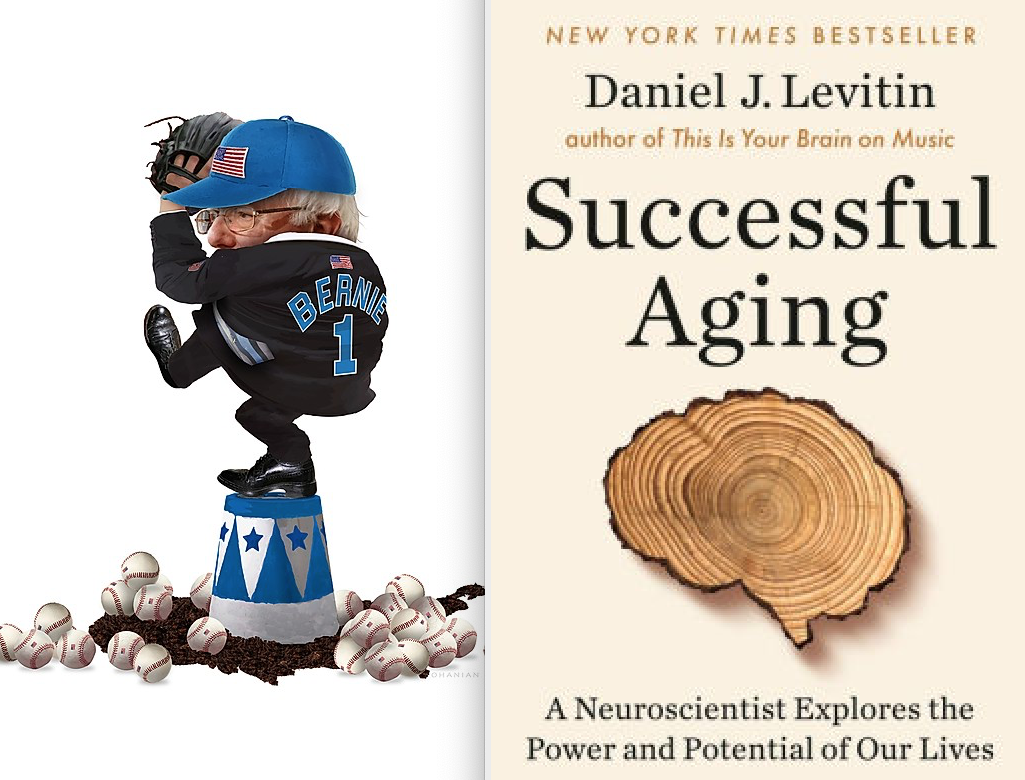
A systems approach is necessary to understand this transition. There are tipping points in a human’s lifespan at which the individual can continue to age healthily/successfully or decline into frailty and finally disability. At all levels, there is a decline in connectivity and functionality with age, rendering the organism less robust and resilient. Thus, the interactions between body components lead to emergent properties at higher levels of organization that are not simply the sum of the component parts ( Sleimen-Malkoun et al., 2014). In terms of function ability, this is mirrored in a decrease in functionality, and with time it results in frailty. At the level of various physiologic systems in the body, this translates into a transition from a highly irregular output to a less complex and predictable pattern. During aging, this complexity declines in other words, the number of interactions declines. This is because it is composed of a multitude of interacting components. The organism is complex presenting itself as a non-linear dynamic system. Individual profiles in age-related changes are also found for physical function, just as they are for cognitive function.

This allele also interacts with life events, an environmental factor, to impact negative affect in centenarians ( Martin et al., 2014). For example, decline in learning ability during aging is modulated by the 𝜀4 allele of APOE ( Papenberg et al., 2015). These individual differences suggest that genetic and environmental factors affect functional decline with age. Individuals show trajectories that include both increases and decreases in cognitive function even in very old age. This cross-sectional view of cognition during the lifespan masks marked individual variation in cognitive decline ( McArdle, 2011). However, crystallized intelligence (vocabulary) tends to remain constant throughout adulthood, while fluid intelligence which encompasses processing speed, working memory, and long-term memory appears to decrease monotonically starting at age 20 ( Park and Bischof, 2013). Cognitive function in the absence of disease does not escape this rule. Nerve conductance velocity, maximum heart rate, kidney function, pulmonary function, and maximum aerobic capacity all decline, at a greater rate with age in more or less that order ( Shock, 1967). What has become clear over the past decade or so is that the contributors to these disorders at the cellular level are damaged molecules and organelles ( Lopez-Otin et al., 2013).Īging at the cellular level translates to aging of the organism at the physiologic level. All of these diseases are accompanied by chronic inflammation, but we do not know whether this inflammation is a cause or a consequence of these maladies. Indeed, the major risk factor for diseases such as macular degeneration, type 2 diabetes, atherosclerosis, cancer, pulmonary disease, Alzheimer’s disease, osteoporosis, and arthritis is aging ( Sierra, 2016). For many, this progression is punctuated by disease, and often advancing age is marked by chronic disease and degeneration. We all notice the passage of time when we inspect our faces in the mirror as the years go by. This and other frailty indices take a top-down, systems based view of aging that is cognizant of the integrated function of the complex aging system. FI 34 has been directly compared to various metrics based on DNA methylation as a predictor of mortality, demonstrating that it outperforms them uniformly. These differences give rise to specific, testable models regarding healthy aging, which involve cell and tissue damage and mitochondrial metabolism. FI 34 has also been useful in describing the metabolic characteristics of this phenotype, revealing both sex and genetic differences. Thus, it has been used to identify a genomic region on chromosome 12 associated with healthy aging. It readily depicts different patterns and trajectories of aging, and it is moderately heritable. FI 34 increases exponentially with age reflecting decline in health and function ability. Among them are frailty indices, one of which called FI 34 is discussed here in greater detail.

Several quantitative measures of biological age have been developed. Any measure of biological age must be better than chronological age at predicting mortality.


 0 kommentar(er)
0 kommentar(er)
